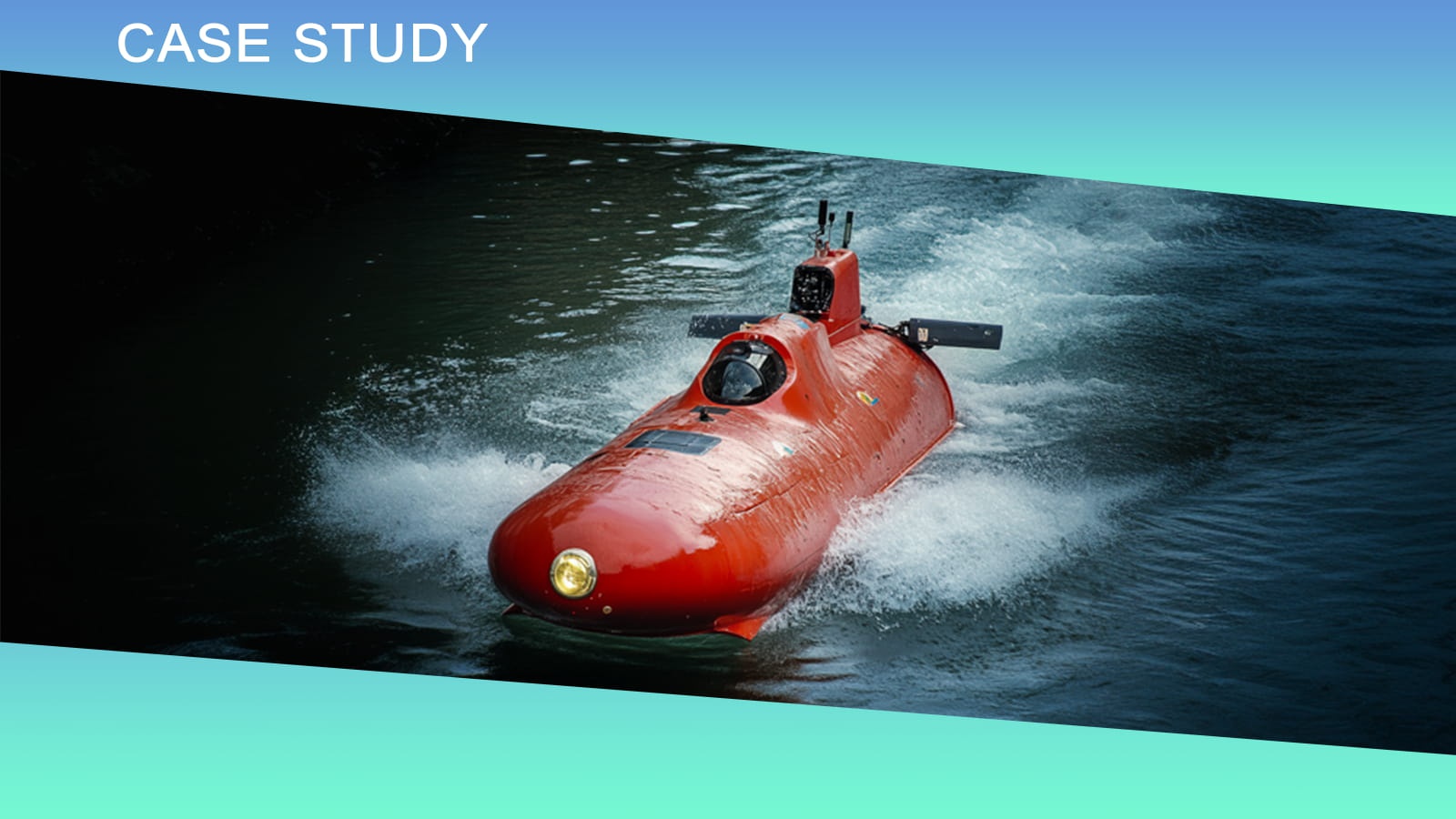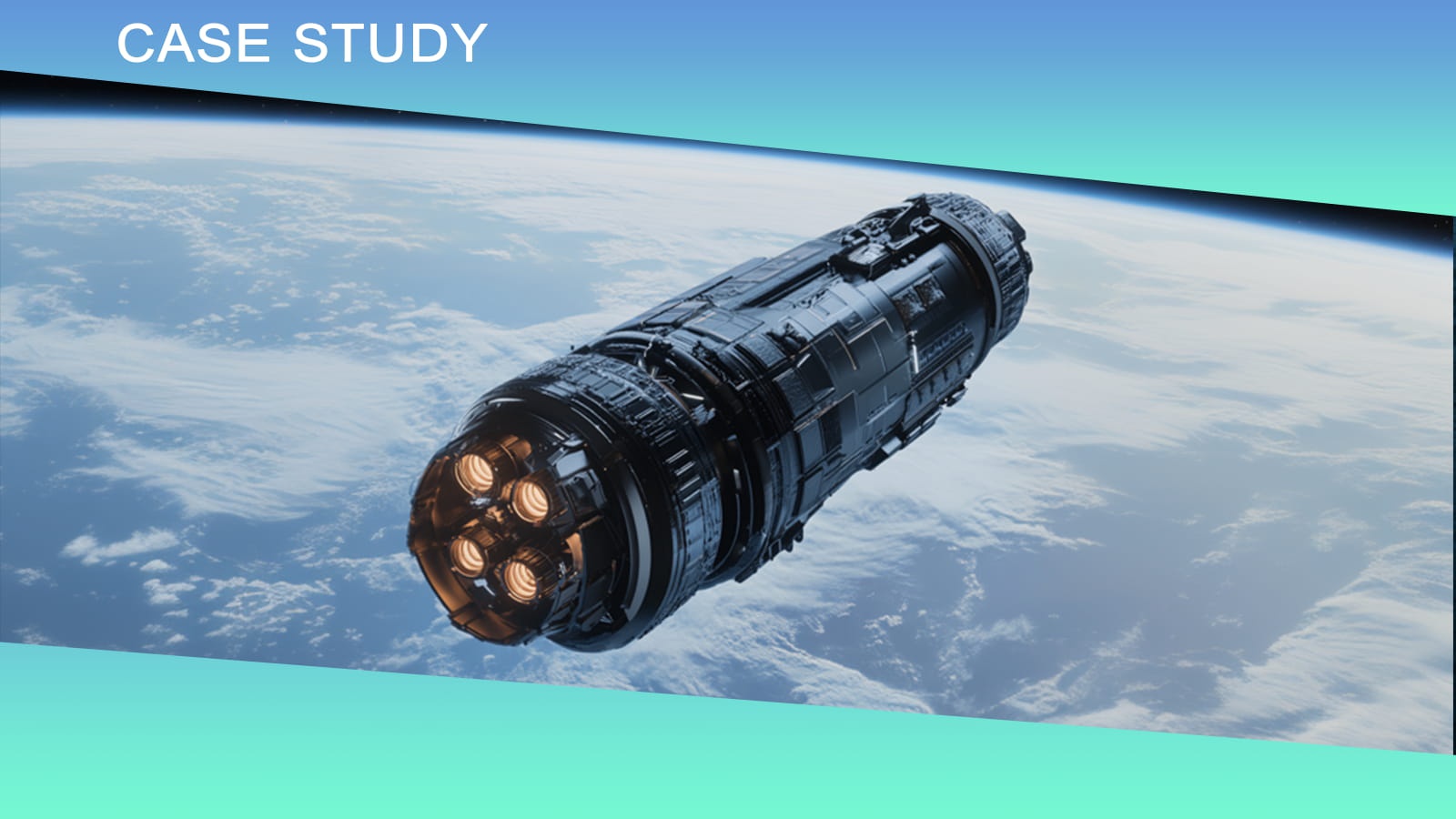Сравнение технических характеристик МЭМС-гироскопа навигационного класса
Jan 10, 2025
Ключевые моментыПродукт: МЭМС-гироскоп навигационного класса.Ключевые особенности:Компоненты: МЭМС-гироскоп для точного измерения угловой скорости.Функция: Обеспечивает высокоточные навигационные данные с низким дрейфом, подходящие для долгосрочной и стабильной навигации.Применение: Идеально подходит для аэрокосмической отрасли, наведения тактических ракет, морской навигации и промышленной робототехники.Производительность: отличается низкой нестабильностью смещения и случайным дрейфом, обеспечивая надежную работу с течением времени.Сравнение: разные модели (MG-101, MG-401, MG-501) удовлетворяют разным требованиям к точности, при этом MG-101 обеспечивает высочайшую точность.МЭМС-гироскоп — это своего рода инерционный датчик для измерения угловой скорости или углового смещения. Он имеет широкую перспективу применения в нефтедобыче, наведении оружия, аэрокосмической промышленности, горнодобывающей промышленности, геодезии и картографии, промышленных роботах и бытовой электронике. Из-за различных требований к точности в различных областях МЭМС-гироскопы на рынке делятся на три уровня: навигационный уровень, тактический уровень и потребительский уровень.В этой статье будут подробно представлены навигационные МЭМС-гироскопы и сравнены их параметры. Нижеследующее будет разработано на основе технических показателей MEMS-гироскопа, анализа дрейфа гироскопа и сравнения трех MEMS-гироскопов навигационного класса.Технические характеристики МЭМС-гироскопаИдеальный МЭМС-гироскоп таков, что выходной сигнал его чувствительной оси пропорционален входным угловым параметрам (Угол, угловая скорость) соответствующей оси носителя при любых условиях и не чувствителен ни к угловым параметрам его поперечной оси, ни к угловым параметрам его поперечной оси. чувствителен ли он к каким-либо осевым неугловым параметрам (таким как виброускорение и линейное ускорение). Основные технические показатели МЭМС-гироскопа приведены в таблице 1.Технический индикаторЕдиницаЗначениеДиапазон измерения(°)/сЭффективно чувствителен к диапазону входной угловой скорости.Нулевое смещение(°)/чВыходной сигнал гироскопа, когда скорость ввода в гироскоп равна нулю. Поскольку выпуск различен, для представления одного и того же типа продукта обычно используется эквивалентная норма ввода, и чем меньше нулевое смещение, тем лучше; Различные модели продуктов, чем меньше нулевое смещение, тем лучше.Повторяемость смещения(°)/ч(1σ)В одинаковых условиях и через заданные промежутки времени (последовательно, ежедневно, через день…) Степень согласия частных значений повторных измерений. Выражается как стандартное отклонение каждого измеренного смещения. Чем меньше, тем лучше для всех гироскопов (оцените, насколько легко компенсировать ноль)Нулевой дрейф(°)/сСкорость изменения во времени отклонения выходного сигнала гироскопа от идеального. Он содержит как стохастические, так и систематические компоненты и выражается через соответствующее входное угловое смещение относительно инерционного пространства в единицу времени.Масштабный коэффициентВ/(°)/с、мА/(°)/сОтношение изменения выходного сигнала к изменению входного сигнала, подлежащего измерению.Пропускная способностьHzПри проверке частотной характеристики гироскопа предусмотрено, что диапазон частот, соответствующий амплитуде измеряемой амплитуды, уменьшается на 3 дБ, а точность гироскопа можно повысить, пожертвовав полосой пропускания гироскопа.Таблица 1. Основные технические показатели МЭМС-гироскопаАнализ дрейфа гироскопаЕсли в гироскопе имеется мешающий крутящий момент, вал ротора будет отклоняться от исходного стабильного опорного азимута и формировать ошибку. Угол отклонения оси ротора относительно азимута инерционного пространства (или опорного азимута) в единицу времени называется скоростью дрейфа гироскопа. Основным показателем точности гироскопа является скорость дрейфа.Гироскопический дрейф делится на две категории: один - систематический, закон известен, он вызывает регулярный дрейф, поэтому его можно компенсировать с помощью компьютера; Другой вид вызван случайными факторами, вызывающими случайный дрейф. Скорость систематического дрейфа выражается угловым смещением в единицу времени, а скорость случайного дрейфа выражается среднеквадратичным значением углового смещения в единицу времени или стандартным отклонением. Примерный диапазон скоростей случайного дрейфа, достижимый в настоящее время для различных типов гироскопов, показан в таблице 2.Тип гироскопаСлучайная скорость дрейфа/(°)·ч-1Шарикоподшипниковый гироскоп10-1Поворотный подшипниковый гироскоп1-0,1Жидкостный поплавковый гироскоп0,01-0,001Воздушный поплавковый гироскоп0,01-0,001Динамически настраиваемый гироскоп0,01-0,001Электростатический гироскоп0,01-0,0001Полусферический резонансный гироскоп0,1-0,01Кольцевой лазерный гироскоп0,01-0,001Волоконно-оптический гироскоп1-0,1Таблица 2. Скорость случайного дрейфа различных типов гироскопов Примерный диапазон скорости случайного дрейфа гироскопа, необходимый для различных приложений, показан в таблице 3. Типичный показатель точности позиционирования инерциальной навигационной системы составляет 1n миля/ч (1n миля = 1852 м), что требует, чтобы скорость случайного дрейфа гироскопа достигала 0,01(°)/ч, поэтому гироскоп со скоростью случайного дрейфа 0,01(°)/ч обычно называют инерциальным навигационным гироскопом.ПриложениеТребования к случайной скорости дрейфа гироскопа/(°)·ч-1Курсовой гироскоп в системе управления полетом150-10Вертикальный гироскоп в системе управления полетом30-10Гироскоп направления в системе управления полетом10-1Тактическая система инерциального наведения ракеты1-0,1Морской гирокомпас, бесплатформенная система ориентации по курсу, боковое положение артиллерии, инерциальная навигационная система наземной техники0,1-0,01Инерциальные навигационные системы для самолетов и кораблей0,01-0,001Стратегическая ракета, система инерциального наведения крылатой ракеты0,01-0,0005Таблица 3 Требования к скорости случайного дрейфа гироскопа в различных приложениях Сравнение трех МЭМС-гироскопов навигационного классаСерия MG от Micro-Magic Inc — это МЭМС-гироскоп навигационного класса с высоким уровнем точности, отвечающий потребностям различных областей. В следующей таблице сравниваются диапазон, нестабильность смещения, угловое случайное блуждание, стабильность смещения, масштабный коэффициент, полоса пропускания и шум. МГ-101МГ-401МГ-501Динамический диапазон (град/с)±100±400±500Нестабильность смещения (град/час)0,10,52Угловое случайное блуждание (°/√ч)0,0050,025~0,050,125-0,1Стабильность смещения (1σ 10 с) (град/час)0,10,52~5Таблица 4 Сравнительная таблица параметров трех МЭМС-гироскопов навигационного классаЯ надеюсь, что благодаря этой статье вы сможете понять технические показатели навигационного MEMS-гироскопа и сравнительную взаимосвязь между ними. Если вы заинтересованы в получении дополнительной информации о гироскопе MEMS, пожалуйста, обсудите с нами. МГ502МЭМС-гироскоп MG502













 ПОДДЕРЖИВАЕМАЯ СЕТЬ
ПОДДЕРЖИВАЕМАЯ СЕТЬ
